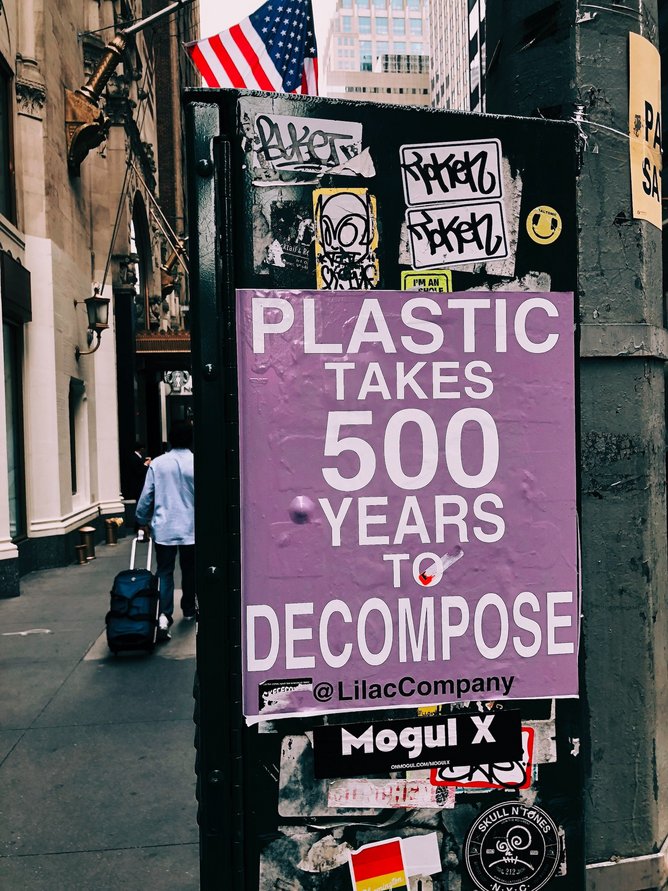The closed-loop circular economy: Tetra Pak North Europe

According to the magazine for sustainability, Packaging Europe, there are three steps needed to establish a closed-loop circular economy.
In a recently released article Alex Henriksen, MD Tetra Pak North Europe, talks us through the ways in which the packaging industry can help to establish a closed-loop economy, which has major implications for both procurement and supply chain.
Henriksen says: "In July 2022, the UK and northern mainland Europe were struck by an unprecedented heatwave, with the hottest temperature in the UK recorded at 40°C.
"For many, this has been a wake-up call to take urgent action in mitigating climate change, with the Energy and Climate Intelligence Unit finding that 70% of people in the UK agreed that climate change was a driver behind these temperatures."
Henrisken says: "We are clearly not on track to limit global warming by 1.5°C, which can primarily be achieved through decarbonising our energy systems and the materials we use," and "the packaging industry must play a leading role in this, with plastic packaging accounting for nearly 70% of plastic waste in the UK."

The three steps that will be needed are:
1. Making the most of materials
2. Earning consumers’ trust and engagement
3. Collaborating for an all-in recycling system
The article says Tetra Pak is calling on "a refocus on how the packaging industry addresses its role in delivering a circular economy – by not just focusing on waste management via an efficient and comprehensive DRS, but also through investing in research and development of plant-based, renewable materials in packaging design."
